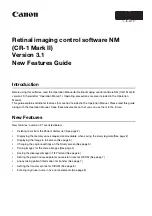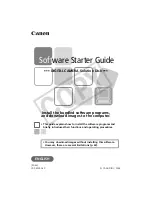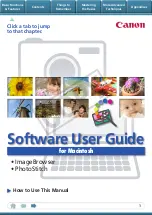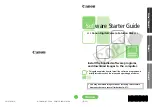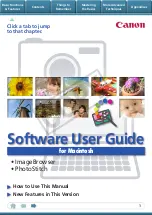
■
The following characters can appear in the display after the
ping
command has
been issued:
■
!—Each exclamation point indicates that a reply was received
■
.—Each period indicates that the ping timed out while waiting for a reply
■
Example 1—This example generates end-to-end loopback cells for VPI=0 and
VCI=105 on ATM interface 2/0. The count value is 5 OAM loopback cells, and
the timeout value is 2 seconds.
host1#
ping atm interface atm 2/0 0 105 end-loopback count 5 timeout 2
Sending 5 53-byte OAM end-to-end loopback Echoes timeout is 2 secs
Press Ctrl+c to stop
!!!!!
Success rate = 100% (5/5), round-trip min/avg/max = 0/4/10 ms
■
Example 2—This example generates segment loopback cells for VPI=0 and
VCI=105 on ATM interface 2/0. The destination is set to 0xFFFFFFFF, the count
value is 3 OAM loopback cells, and the timeout value is 1 second.
host1#
ping atm interface atm 2/0 0 105 seg-loopback 0xFFFFFFFF count 3
timeout 1
Sending 3 53-byte OAM segment loopback Echoes timeout is 1 secs
Press Ctrl+c to stop
!!!
Success rate = 100% (3/3), round-trip min/avg/max = 0/3/10 ms
■
There is no
no
version.
■
See ping atm interface atm.
Configuring an NBMA Interface
You configure an ATM NBMA 1483 subinterface in a manner similar to configuring
a standard ATM 1483 subinterface. When you specify a subinterface, however, you
must select the multipoint option if you plan to add multiple circuits to form an NBMA
interface. If you do not select multipoint, the subinterface defaults to point-to-point,
and only a single circuit can be affiliated with that subinterface.
You can configure one or more PVCs and associate them with the subinterface you
create. Also, you can enable InARP and identify a refresh rate on each specific circuit.
For each NMBA interface, either InARP must be enabled, or a static map entry must
be provided for each circuit owned by the interface; otherwise, transmitting over
that circuit is impossible.
NOTE:
NBMA interfaces support only the aal5snap encapsulation.
To configure an NBMA interface:
1.
Configure a physical interface.
host1(config)#
interface atm 2/0
Configuring an NBMA Interface
■
39
Chapter 1: Configuring ATM
Summary of Contents for JUNOSE 11.1.X - LINK LAYER CONFIGURATION 4-7-2010
Page 6: ...vi...
Page 8: ...viii JUNOSe 11 1 x Link Layer Configuration Guide...
Page 26: ...xxvi List of Figures JUNOSe 11 1 x Link Layer Configuration Guide...
Page 34: ...2 Chapters JUNOSe 11 1 x Link Layer Configuration Guide...
Page 230: ...198 Monitoring VLAN and S VLAN Subinterfaces JUNOSe 11 1 x Link Layer Configuration Guide...
Page 258: ...226 Monitoring 802 3ad Link Aggregation JUNOSe 11 1 x Link Layer Configuration Guide...
Page 334: ...302 Troubleshooting JUNOSe 11 1 x Link Layer Configuration Guide...
Page 394: ...362 Monitoring Multiclass MLPPP JUNOSe 11 1 x Link Layer Configuration Guide...
Page 406: ...374 Monitoring POS JUNOSe 11 1 x Link Layer Configuration Guide...
Page 468: ...436 Troubleshooting JUNOSe 11 1 x Link Layer Configuration Guide...
Page 498: ...466 Monitoring Bridged Ethernet JUNOSe 11 1 x Link Layer Configuration Guide...
Page 546: ...514 Monitoring Cisco HDLC JUNOSe 11 1 x Link Layer Configuration Guide...
Page 747: ...Part 2 Index Index on page 717 Index 715...
Page 748: ...716 Index JUNOSe 11 1 x Link Layer Configuration Guide...
Page 774: ...742 Index JUNOSe 11 1 x Link Layer Configuration Guide...































